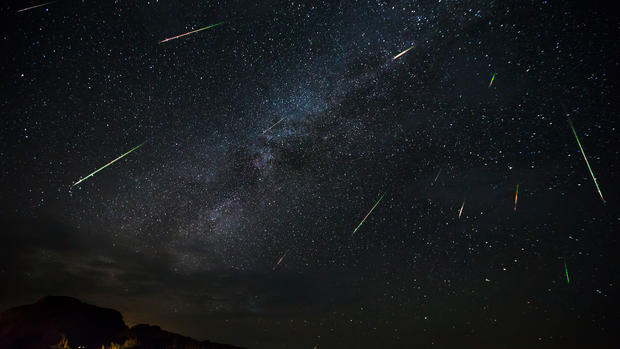Meteor streak across Chilean night sky
Perseus meteor According to the American Meteor Society, showers are underway and American stargazers will have the best views of the week.
The Perseid meteor shower is one of the most popular meteor showers of the year, active from July to September. Maximum strength is usually reached on August 12th or 13th, depending on the year. This year, it will peak between August 11th and 12th.
There will also be a full moon at its peak in 2022 according to NASA. The constellation Perseus is best seen in the northern hemisphere during the predawn hours, but can also be seen from 10:00 PM.

Perseus is a particle ejected from comet 109P/Swift-Tuttle. They are so named because they are located near the constellation Perseus, where they are most active. Typically, in an hour he can see between 50 and 75 shower members (debris left by comets that brighten the sky when they collide with Earth's atmosphere).
The Earth was in a state of turmoil from the 17th of July to the 24th of August of the Swift comet. pass through the path. The peak occurs when the Earth passes through the densest and dustiest regions. This is the time when people can see the most meteors in the shortest amount of time. According to Space.com, 150 to 200 meteors can hit us every hour at this time.
NASA says Comet Swift-Tuttle took 133 years to complete her one orbit around the Sun and last visited an intrasolar orbit in her 1992. . The core is 16 miles in diameter, almost twice the size of the object hypothesized to have struck Earth and wiped out the dinosaurs.
Fireballs, or larger bursts of light and color, can be seen during the Perseid meteor shower. Because they come from the comet's larger particles, they last longer than the average meteor shower. According to NASA, the fireball is also bright.
May saw the Tau Herculids meteor shower from Comet 73P/Schwassman-Wachmann and the Eta Aquarids from Comet Halley. The next meteor shower will be in the constellation Orion from Halley's Comet from September to November. According to Space.com, Orion will peak on October 20-21.

Caitlin O'Kane is a digital publication covering the trending stories of CBS News and its good news brand, The Uplift. I am a content producer..
Thank you for visiting CBS NEWS.
Create a free account or log in to
for more features.


